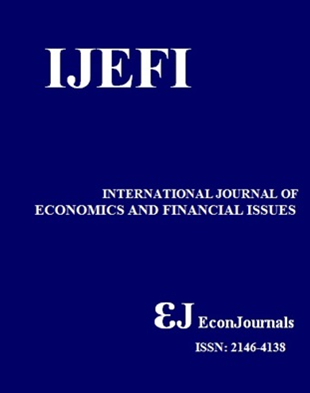Malaysia’s Economic Growth: Evidence from Japan-Malaysia Bilateral Trade and Development Aid Relationships
DOI:
https://doi.org/10.32479/ijefi.16872Keywords:
Look East Policy, Malaysia Import, Malaysia Export, Development Aid, ARDLAbstract
Look east policy (LEP) implemented in 1982 have a purpose to gain knowledge of best practices from Japan, South Korea, and Taiwan as the top rising East Asian countries for a nation-building exercise. Despite the bilateral relationship has existed between Malaysia and Japan since 1957, LEP helped nurture Malaysia’s nation-building through a handful Japanese assistance initiatives, and Malaysia has remained one of Japan’s closest counterparts in Southeast Asia in return. This research explores the impact of bilateral trade and development aid between country on Malaysia’s economic growth from 1989 to 2020. Autoregressive distribution lag model (ARDL) reveals that Malaysia’s exports to Japan is positive and significant on Malaysia’s economic growth. Meanwhile, both Malaysia’s import from Japan and Malaysia’s development aid received from Japan are positive but insignificant on Malaysia’s economic growth. It deduces that LEP implemented back 40 years ago boosts Malaysia’s export activities to increase Malaysia’s economic development.Downloads
Downloads
Published
2025-02-17
How to Cite
Murad, A. F. A., Azam, A. H. M., & Zainuddin, M. R. K. V. (2025). Malaysia’s Economic Growth: Evidence from Japan-Malaysia Bilateral Trade and Development Aid Relationships. International Journal of Economics and Financial Issues, 15(2), 260–267. https://doi.org/10.32479/ijefi.16872
Issue
Section
Articles
Views
- Abstract 323
- FULL TEXT 319




